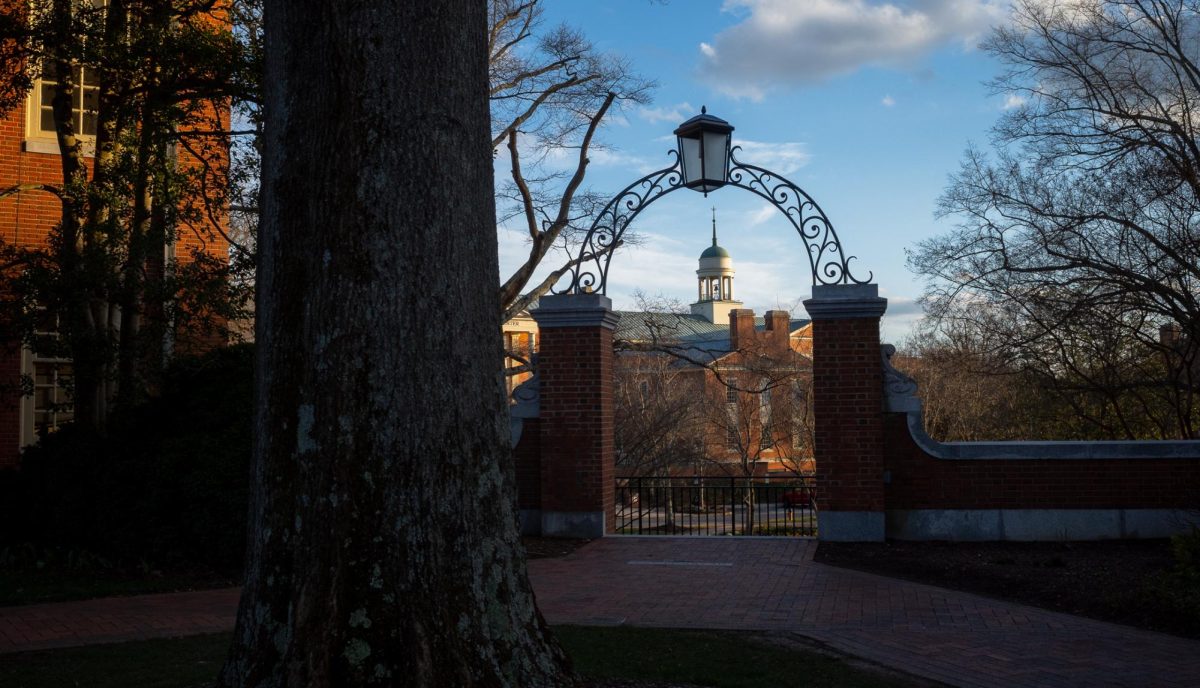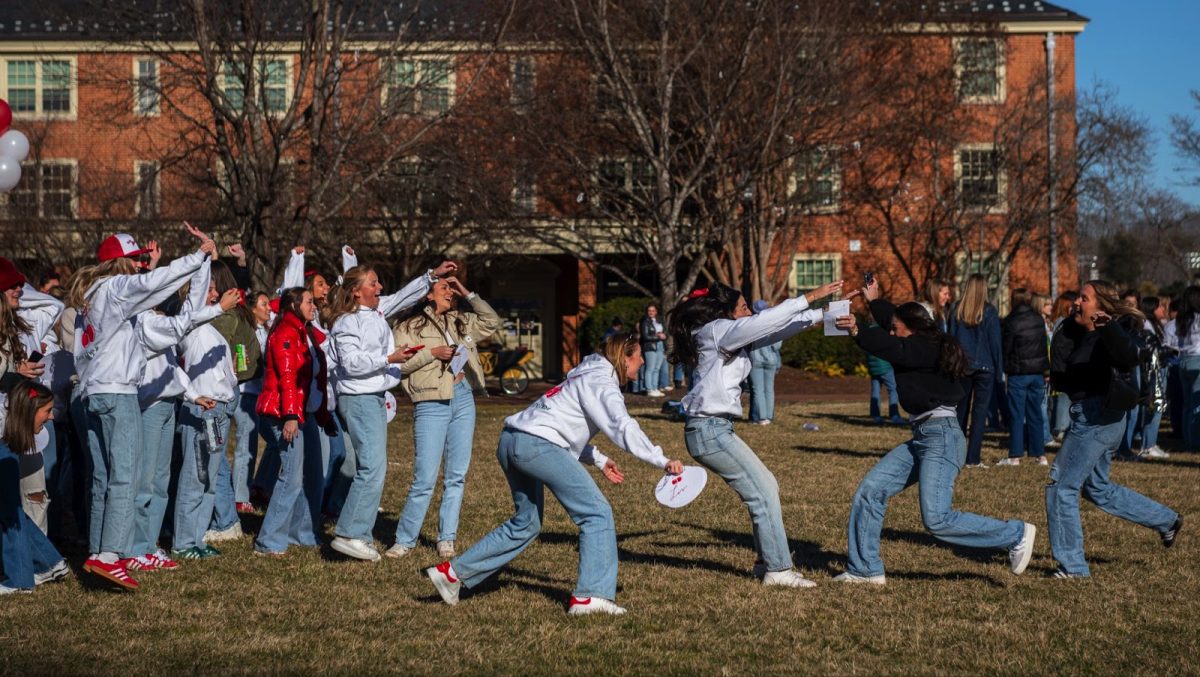As the Steve Miller Band once noted, “Time keeps on slipping, slipping, into the future.” While it feels like we all returned to campus only yesterday for another eventful semester, finals are already bearing down on us, making students more stressed than Steve Forbes on the sideline against USC Upstate. The good news is that Wake Forest University has given students two reading days to help us prepare or “lock in” for finals.
Wake Forest has placed its reading days on Dec. 7-8, which the particularly astute reader might note are the Saturday and Sunday before finals. One might ask, “Were these days not already days we had off?” and you would be right. This happened last year when our reading days fell on Dec. 9-10, the weekend before finals, as well.
This tendency to call this weekend “reading days” is not only infuriating but a way Wake stands out. Several of our peer institutions — Duke (Dec. 7-10), UNC (Dec. 5 and 11), Notre Dame (Dec. 13 and 15), Yale (Dec. 6-12), Harvard (Dec. 6-10) and Columbia (Dec. 10-12) — all have reading days enumerated to provide students with time to study and get ahead before finals. This isn’t an obscure provision; it’s widely accepted in many other academically rigorous institutions.
There’s good reason for these reading days to be included in academic calendars, as constantly cramming for exams leads to cognitive decline. A study published in the American Journal of Epidemiology found that working long hours in short periods was associated with reduced cognitive performance in both reasoning and memory recall. So while we all pack ZSR library as full as we did for the Duke basketball game last year, those last-minute “grind” sessions are actively harmful to our performance.
An easy fix for this is to simply move pre-existing reading days to actual days of finals week to provide much-needed breaks for students between exam blocks. This not only provides students a chance to catch up on their studying but also gives professors a chance to grade finals mid-week, speeding up the grading process. It’s a win-win situation for faculty and students; it’s no wonder countless other schools have already implemented this system.
From a mental health perspective, this helps reduce academic stress by providing more time for students to prepare fully for their exams. As the National Institute of Health notes, academic stress is the single biggest stressor for college students, and any attempt to curtail this would be monumentally beneficial to all students.
It is worth noting that Wake Forest has taken large steps to try and improve the mental health and well-being of students here on campus, launching the WE initiative to provide 24/7 support, fully staffing the University Counseling Center and working to integrate new approaches to take a more proactive approach to mental health. These efforts are laudable and their impact is immense here on campus, but Wake Forest can make simple changes, like shifting reading days, to institute additional changes immediately that benefit students when they need it most.
Small steps like this support students’ mental health within existing university frameworks and better align Wake Forest with its strategic framework that emphasizes numerous times the need to “enable decisive responses to the changing needs of students.” What students need is tangible changes that enable us to succeed here at Wake Forest. What better way to do that than to follow in the footsteps of our neighbor and peer institutions and implement real reading days?
Rather than letting our reading days continue to be a running joke on campus, why not make them something impactful? While this isn’t going to magically fix all of the stress students face during finals week with an “abracadabra,” shifting these days slightly can have a significant impact immediately.














